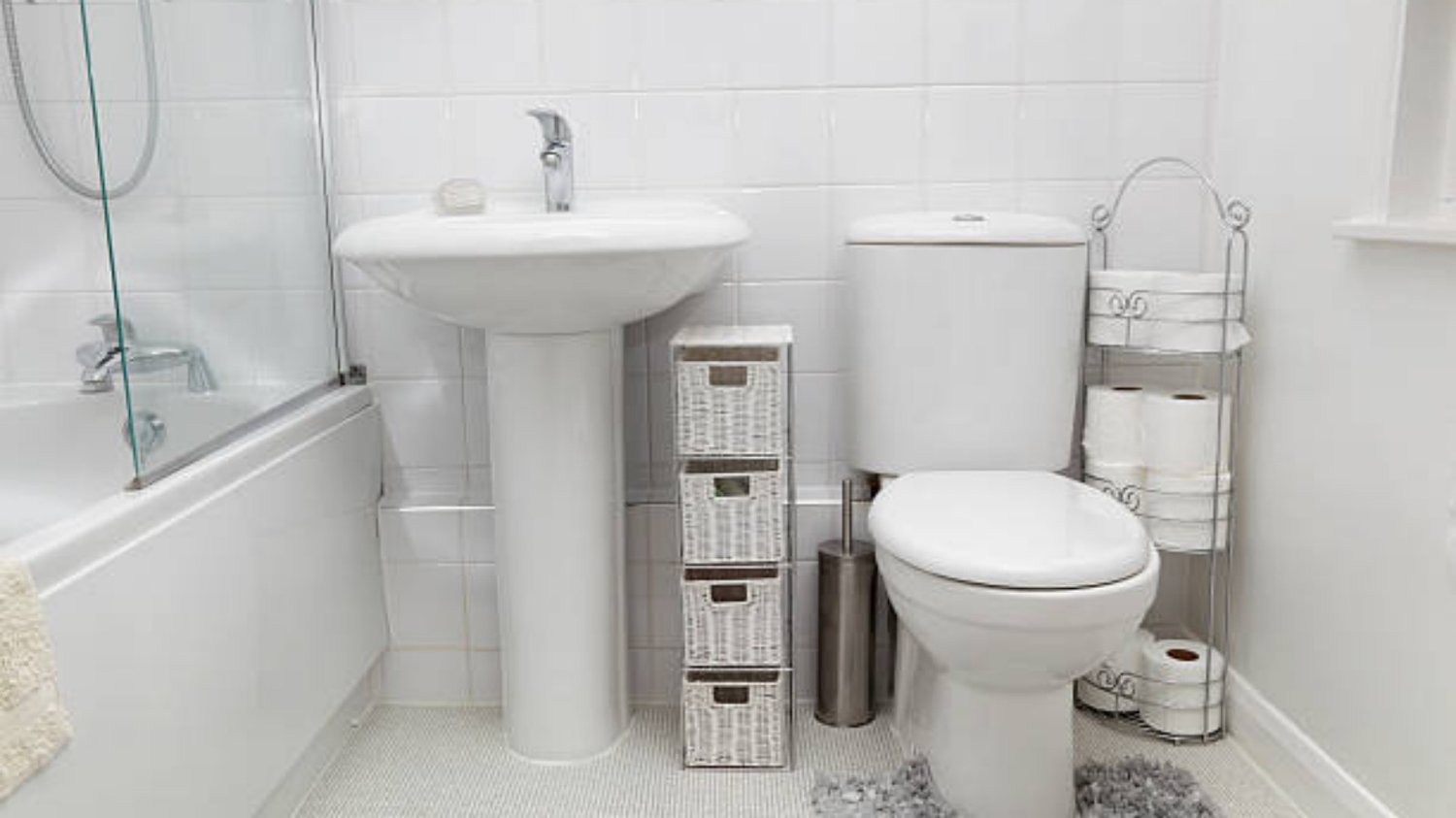1. Understanding the Function of a washroom tank
A washroom tank, also known as a toilet tank or cistern, is an essential component of any toilet system. It is responsible for holding and storing the water that is used to flush the toilet bowl. When you press the flush button or lever, the water from the tank is released into the bowl, creating the necessary force to remove waste and ensure cleanliness. Without a properly functioning washroom tank, your toilet would not be able to operate effectively.
2. The Importance of Regular Cleaning
One of the key aspects of maintaining a washroom tank is regular cleaning. Over time, mineral deposits, bacteria, and other contaminants can build up inside the tank. This can lead to unpleasant odors, discoloration of the water, and even the growth of harmful bacteria. By cleaning the washroom tank on a regular basis, you can prevent these issues and ensure that your toilet is always in optimal condition.
3. Steps to Clean Your Washroom Tank
To clean your washroom tank, start by turning off the water supply to the toilet. Then, flush the toilet to remove as much water as possible from the tank. Next, use a mixture of vinegar and water or a commercial toilet cleaner to scrub the inside of the tank. Pay special attention to any areas with visible stains or buildup. After cleaning, flush the toilet several times to rinse out the tank and remove any remaining cleaning solution.
4. Preventing Mineral Deposits
Mineral deposits, such as lime or calcium, can accumulate in your washroom tank over time. These deposits can cause clogs, reduce the flush power of your toilet, and even damage the internal mechanisms of the tank. To prevent mineral deposits, consider installing a water softener in your home. Additionally, using a toilet bowl cleaner that specifically targets mineral deposits can help keep your washroom tank free from buildup.
5. Avoiding Toilet Tank Tablets
While it may be tempting to use toilet tank tablets that claim to keep your washroom tank clean, they can actually do more harm than good. These tablets often contain harsh chemicals that can corrode the internal components of the tank over time. Instead, opt for regular cleaning and maintenance to ensure the longevity and proper functioning of your washroom tank.
6. Dealing with Leaks
A leaky washroom tank can not only waste water but also lead to higher water bills. If you notice a constant or intermittent leak from your washroom tank, it is important to address it promptly. The most common cause of a leak is a faulty flapper valve or a damaged fill valve. Replacing these components can often solve the issue. However, if you are unsure how to do so, it is recommended to seek the assistance of a professional plumber.
7. The Role of Water Pressure
Water pressure plays a crucial role in the proper functioning of a washroom tank. If the water pressure in your home is too low, it can affect the flush power of your toilet and lead to incomplete flushing. On the other hand, if the water pressure is too high, it can cause excessive noise, leaks, and even damage to the washroom tank. It is important to ensure that your home's water pressure is within the recommended range for optimal toilet performance.
8. Regular Inspections
In addition to regular cleaning, it is important to inspect your washroom tank periodically for any signs of damage or wear. Check for cracks, leaks, or loose connections that may require repair or replacement. By catching potential issues early on, you can prevent more extensive damage and costly repairs in the future.
9. Upgrading to a Dual Flush System
If you are looking to improve the water efficiency of your toilet, consider upgrading to a dual flush system. These systems offer two separate flush options - one for liquid waste and another for solid waste. By using less water for liquid waste, you can significantly reduce your water consumption and contribute to water conservation efforts.
10. Conclusion
Maintaining your washroom tank is an important aspect of keeping your toilet in optimal condition. Regular cleaning, prevention of mineral deposits, addressing leaks promptly, and conducting regular inspections can all contribute to the longevity and proper functioning of your washroom tank. By taking these steps, you can ensure that your toilet operates efficiently and effectively, while also conserving water and reducing the risk of costly repairs.

